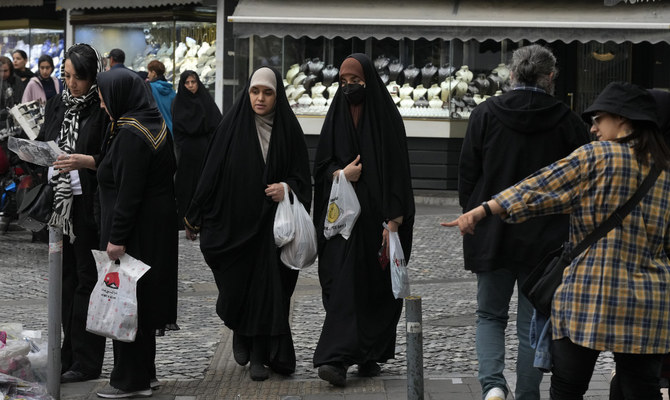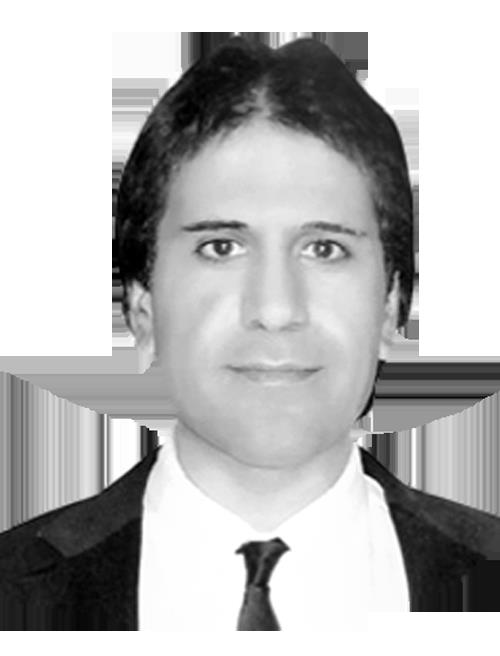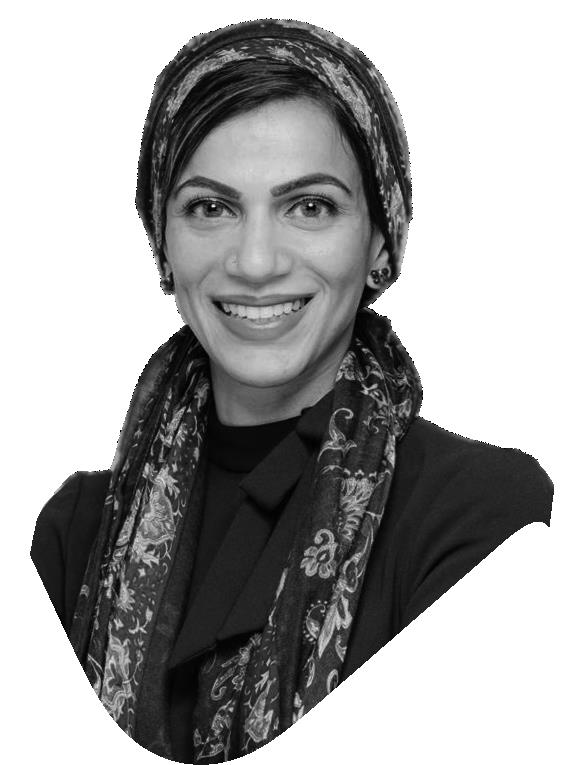
Millions of people around the world will on Wednesday celebrate Nowruz, the Persian new year. This ancient festival, whose roots go back thousands of years, carries profound significance beyond merely marking the beginning of a new year.
Nowruz embodies a rich tapestry of cultural heritage, symbolizing renewal, unity and the resilience of diverse communities. As we observe Nowruz, this is an opportune moment to reflect on the festival’s enduring relevance in today’s world and its capacity to foster understanding and harmony among peoples of varied backgrounds.
Originating in the ancient lands of Persia, Nowruz has transcended geographical boundaries, becoming a cherished tradition for millions across Central Asia, the Middle East and beyond. Its roots lie in Zoroastrianism, one of the world’s oldest monotheistic religions, in which it was celebrated as a festival of rebirth and the triumph of light over darkness. Over time, Nowruz evolved into a secular and inclusive observance, embracing diverse cultural and religious expressions.
At its core, Nowruz signifies the arrival of spring — a season of rejuvenation and hope. The symbolism of nature’s renewal is deeply intertwined with the human spirit’s capacity for growth and transformation. As the earth wakes from its winter slumber, Nowruz serves as a reminder of the cyclical nature of existence, encouraging individuals to reflect on their past, set intentions for the future and embrace the opportunity for personal and collective renewal.
Moreover, Nowruz exemplifies the values of unity and solidarity across communities. Regardless of one’s cultural or religious background, Nowruz invites people to come together, share meals, exchange gifts and engage in festivities. In a world often plagued by division and discord, Nowruz offers a beacon of hope, demonstrating the power of cultural traditions to bridge differences and foster mutual understanding.
This festival has become a cherished tradition for millions across Central Asia, the Middle East and beyond.
Dr. Majid Rafizadeh
It is worth noting that, prior to Nowruz, many people practice “khooneh tekouni” (shaking the house), a ritual house cleanup that bears resemblance to the concept of spring cleaning. This tradition involves thoroughly cleaning every corner of the home and symbolizes the removal of physical and spiritual impurities accumulated over the past year. As individuals engage in this cleansing process, they not only prepare their homes for the arrival of the new year, but also symbolically purify their hearts and minds. Just as the earth undergoes a rejuvenation process during spring, this tradition serves as an opportunity for personal renewal and reflection.
The haftseen — a traditional centerpiece of Nowruz celebrations — is a symbolic representation of renewal and abundance. Consisting of seven items, each starting with the Persian letter “seen,” the haftseen table typically includes sabzeh (wheat, barley or lentil sprouts symbolizing rebirth and growth), samanu (a sweet pudding symbolizing affluence), senjed (dried oleaster fruit symbolizing love), seer (garlic symbolizing medicine and health), sib (apple symbolizing beauty and fertility), somaq (sumac berries symbolizing the color of the sunrise) and serkeh (vinegar symbolizing aging and patience). This elaborate display serves not only as a visual feast but also as a reminder of the interconnectedness of nature and human existence.
Additionally, Nowruz encourages people to embrace the spirit of forgiveness and reconciliation. During this time, individuals set aside grudges and grievances, mending relationships and starting afresh in the new year. It is a time for reflection, introspection and, ultimately, the renewal of bonds that may have been strained or broken. Through acts of forgiveness and reconciliation, Nowruz fosters a sense of harmony and unity within families and communities, reaffirming the importance of compassion and understanding in our collective journey toward a brighter future.
Poetry also holds a cherished place in Nowruz celebrations, adding a layer of depth and resonance to the festivities. Whether recited in intimate family gatherings or public events, the reading of poetry during Nowruz serves as a bridge between the past and the present, connecting individuals with their cultural heritage and shared humanity.
As we confront global challenges, Nowruz offers a blueprint for building a more inclusive and harmonious world.
Dr. Majid Rafizadeh
Through the timeless verses of poets like Rumi, Hafez and Saadi, Nowruz poetry invites reflection on themes of love, nature and the eternal cycle of renewal. As families and communities come together to mark the arrival of the new year, the recitation of poetry creates moments of beauty, inspiration and connection that transcend linguistic and cultural boundaries.
However, amid the celebrations, it is crucial to acknowledge the challenges faced by communities that observe Nowruz. In some regions, political instability, economic hardship and social upheaval threaten to overshadow the joyous spirit of the festival. Moreover, the spread of globalization and modernization has led to concerns about the erosion of traditional customs and values associated with Nowruz.
In the face of these challenges, it is important to safeguard and promote the rich cultural heritage embodied by Nowruz. Governments, civil society organizations and individuals must work together to preserve traditional practices, promote cultural education and ensure the continued vitality of Nowruz for future generations.
Finally, in a world increasingly divided along cultural, religious and ideological lines, Nowruz stands as a symbol of hope and resilience. Its message of renewal, unity and cultural diversity resonates across borders, transcending language and creed. Now more than ever, as we confront global challenges, Nowruz offers a blueprint for building a more inclusive and harmonious world.
So, as we gather with family and friends to celebrate Nowruz, let us reaffirm our commitment to the values it represents. Let us embrace diversity, foster understanding and work toward a future where the spirit of Nowruz — of renewal, unity and cultural richness — guides our collective endeavors. In doing so, we honor the ancient traditions of our ancestors while paving the way for a brighter, more inclusive world for generations to come.
Nowruz Mubarak to all those who celebrate it. May this auspicious occasion bring joy, prosperity and renewed hope to your lives and communities. Let us cherish the traditions of Nowruz and carry forward its message of peace, solidarity and cultural diversity throughout the year.
• Dr. Majid Rafizadeh is a Harvard-educated Iranian American political scientist.
X: @Dr_Rafizadeh












